|
BY JODY BERGER As an undergraduate at Columbia University, Blynn Shideler, now a medical student at the Stanford School of Medicine, devised his own take on the buddy system -- only he spelled it BUDI. Called Biofeedback Upper-limb Device for Impairment, the bracelet that Shideler and others developed tracks the motions of children with cerebral palsy -- a group of disorders that affects movement, balance and posture. The idea was that the bracelet could provide real-time feedback to encourage the children to move their arms to help them build upper body strength and coordination. The bracelet, which monitors movements and flashes reminders about movement to users, proved to be a successful concept overall. But it was bulky and, for kids to be able to use it in real life, Shideler still needed to figure out how to broadly manufacture and ship it. Read more here. The Hard to Count Still MatterStanford medical student Hannah Wild traveled to the Omo River Valley in Ethiopia to survey the health of the nomadic Nyangatom who live there – and to show that people who are hard to count still count.
BY JODY BERGER The Nyangatom are hard to find. To survive the harsh climate of the Omo River Valley in southern Ethiopia, they break camp, move their cattle and goats, and rebuild their lives somewhere new as often as every several weeks. Though reliable data on this population is practically nonexistent, there are an estimated 30,000 members of the tribe, many of whom are invisible in census-based surveys – the Nyangatom move too fast for the data collectors. The invisibility might not matter if international organizations didn’t depend on census-based demographic and health surveys to design policy and distribute resources. Without any real data, experts within the World Bank, the World Health Organization and NGOs don’t have adequate information to make good policy decisions that affect these groups. But Stanford medical student Hannah Wild wanted them to count. She’d spent 18 months living, working and learning the language with the Nyangatom after graduating from Harvard University. She wanted to show it was possible to reach this community and other nomads like them, so she stole minutes between the crush of first-year courses (Human Anatomy, Applied Biochemistry and the rest) to talk to experts within Stanford’s Center for Innovation in Global Health. Please read the whole story here.
1 Comment
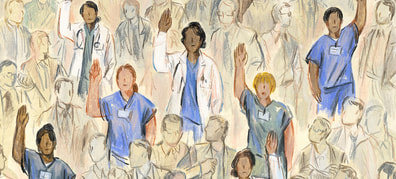 Rose Clarke Nanyonga, PhD, started her leadership journey by putting one foot in front of the other, literally. As a 17-year-old, she walked for 52 kilometers across central Uganda, fleeing her family where children were harmed (a practice commonly referred to as child sacrifice) in an effort to earn blessings from ancestors or to attract wealth. Once safely in Kampala, Nanyonga found a job as a nursing assistant. Years later, she would travel to the United States, where she earned degrees from Arkansas Tech, Baylor and ultimately Yale University. With a doctorate in nursing, she chose to return to Uganda and is now vice chancellor at Clarke International University. At first, the position was challenging, Nanyonga told me in an article about global women leaders for Stanford Medicine magazine. "I was in leadership, but I was so isolated," Nanyonga told me. "I didn't have the connections that I wanted to have. Or the encouragement that I desperately needed." Please read more. 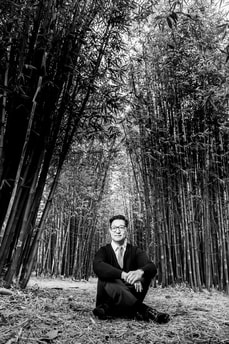 In many parts of the world, rheumatic heart disease is part of history. “It’s the scarlet fever you read about in a Jane Austen novel,” said Stanford cardiology fellow Andrew Chang, MD. Globally, however, the disease still affects more than 30 million people, causing a quarter of all cases of heart failure. Often, it begins as an undiagnosed case of strep throat. Without a course of antibiotics, the infection can become rheumatic fever and damage heart valves until the heart can no longer pump effectively. Chang traveled to Rwanda as a resident in Stanford’s global health track within the Department of Medicine. While there, he witnessed the punishing impact of the preventable disease. “It really shook me,” he said. Please read more. Humanity is all right, probably, although human extinction remains quite possible, researcher says2/19/2019  Every investor in Silicon Valley wants to see a hockey stick-shaped line on the graph showing exponential growth when evaluating a start-up. Few people anywhere want to see the same line plotting the path to human extinction. Steve Luby, MD, an epidemiologist and the director of research for Stanford’s Center for Innovation in Global Health, sees hockey sticks on chart after chart of the various ways that humans can cause our own demise. It sounds bad, but read on: Luby remains an optimist who is committed to a thriving human society. As part of the center’s Planetary Health lecture series, Luby gave a talk titled, “Can our collective efforts avert imminent human extinction?” Please read more. 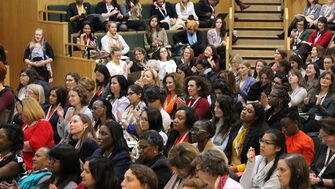 In London for the Women Leaders in Global Health conference, I chatted in line for coffee with a British oncology nurse who had worked in Bangladesh. In a plenary session, I sat beside an Irish physician who worked in New Zealand. And on the stairs between sessions, I had a lengthy discussion with a woman who leads gender equality programs for USAID in Africa, Asia, and Latin America. For two days in November, the London School of Hygiene and Tropical Medicine seemed like the absolute center of the global health universe. More than 900 people came from more than 80 countries. In formal sessions and impromptu hallway conversations, they shared information, agreed to join forces to solve regional problems, and planned future collaborations and events. Please read more.  Several hundred children who have been separated from their parents remain detained along the U.S.-Mexico border. Child health specialist Paul Wise, MD; Ewen Wang, MD, who specializes in pediatric emergency medicine; and child psychologist Ryan Matlow, PhD, along with others, traveled to Texas this summer to interview children and tour the detention centers. I spoke with Wise recently about his experience. Please read more. Scholar Spotlight: Ellick Chan Helps Clients and Students Harness Deep Learning Technology6/22/2018 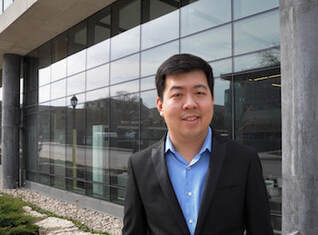 From speech recognition to self-driving cars, artificial intelligence (AI) has gone from science fiction to a significant part of our lives in less than a decade. A growing number of state-of-the-art AI systems are powered by Deep Learning, a form of machine learning inspired by the human brain to solve challenging problems in computer vision, speech recognition and language processing. Deep Learning techniques are rapidly becoming one of the most effective tools for developing intelligent phones, cars, and other smart things such as thermostats and appliances. Siebel Scholar Ellick Chan discovered Deep Learning as a post-doc at Stanford and now he’s committed to teaching the tool to teachers, musicians, doctors and others who wouldn’t normally have access to the engineering or computer science background to pursue it. Chan recently delivered a tutorial on Deep Learning to industry partners at Northwestern’s analytics exchange. Please read more. 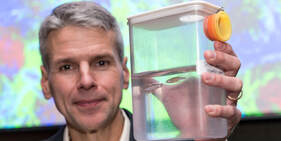 Will Talbot, PhD, knew the obvious question and decided to address it directly. “Why does the medical school employ someone who studies zebrafish?” Talbot asked the several hundred people assembled on the Stanford campus recently to celebrate the Discovery Innovation Awards, competitive seed grants that support early stage research in human biology. A developmental biologist as well as a senior associate dean at the School of Medicine, Talbot explained that he studies the small striped creatures because, like humans, zebrafish are vertebrates that rely on myelin, a substance that is essential for a functioning nervous system. He said he can raise huge numbers of fish in his lab and peer straight into their nervous systems because the embryos and larvae are transparent. Please read more. 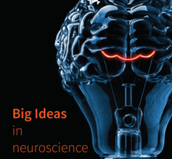 BY JODY BERGER For anyone who ever dreamed of growing younger, or at least wished they could stop getting older, the Stanford Neurosciences Institute has a team of researchers on the case for you. The Brain Rejuvenation Project is just one of three ambitious projects that could change the way we understand and use our brains in relationship to our world. All three projects came in response to the Institute’s call for Big Ideas three years ago. At the time, Tony Wyss-Coray, professor of neurology, and Aaron Gitler, associate professor of genetics, wanted to know if the effects of aging could be slowed or even reversed. In pursuit of their audacious goal, they assembled a team of experts in cell biology, biochemistry, engineering and clinical care and wrote a proposal to study proteins in the blood that cause the brain to deteriorate or repair itself. To read more, please click here.  Santa Cruz-based Inboard sees a future beyond rich skaters, where it’s the Tesla of rideables and skateboards solve the "last-mile problem." Two types of technologists bump into each other in Santa Cruz, California. One group made fortunes in Silicon Valley before moving 45 miles over the mountains to raise kids or surf or generally enjoy life in the sleepy beach town. The other type are guys who want to skip the Palo Alto part and launch their startups right where they want to live. To read more, click here. |
Categories
All
Archives
August 2022
|
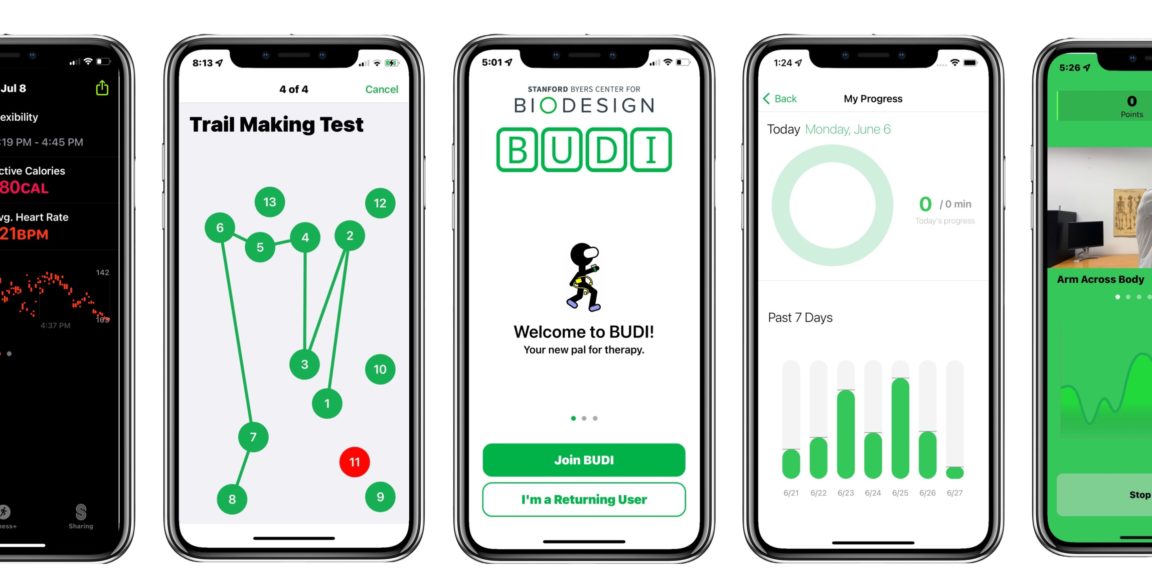
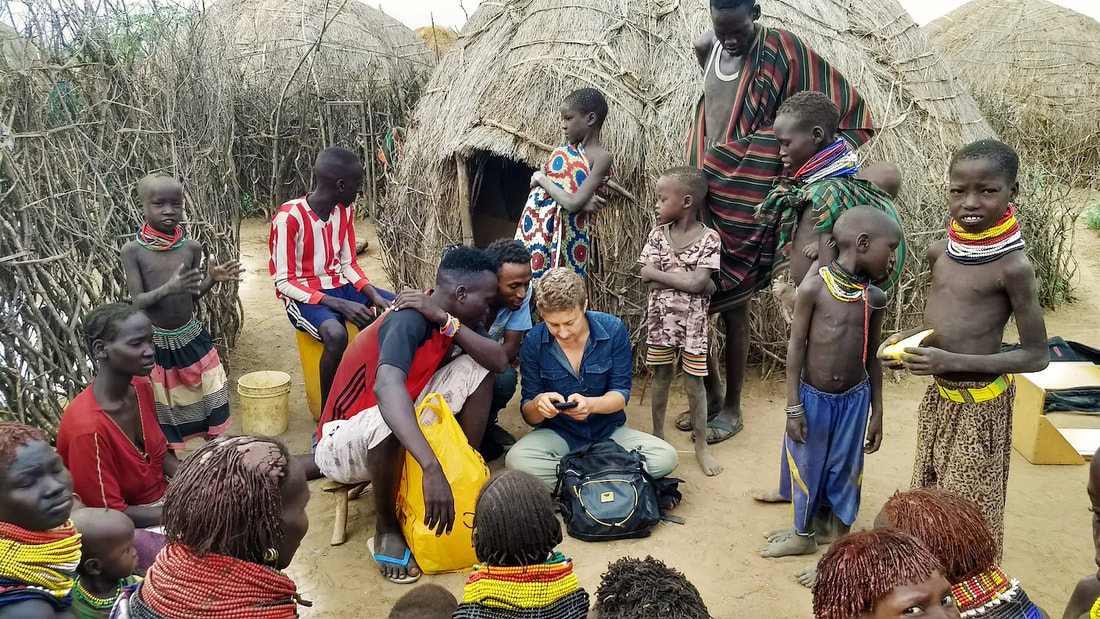
 RSS Feed
RSS Feed